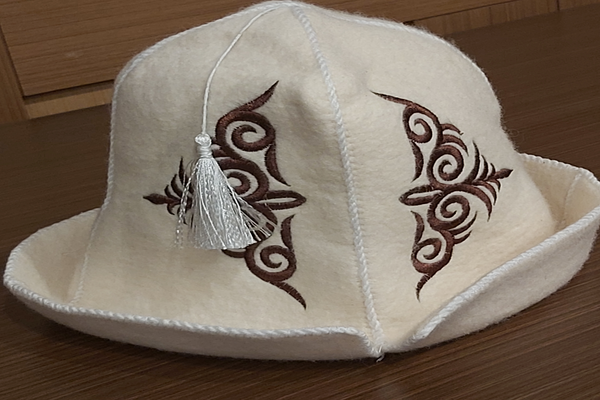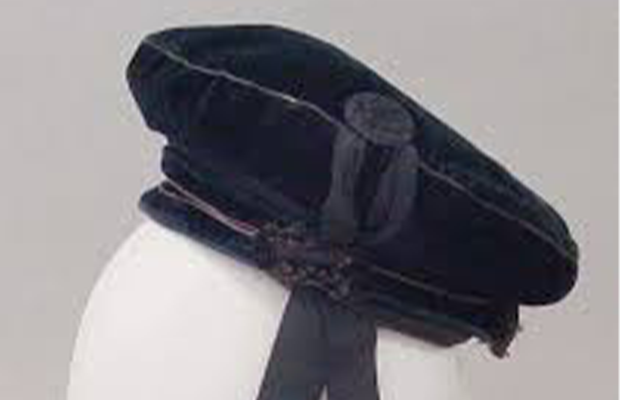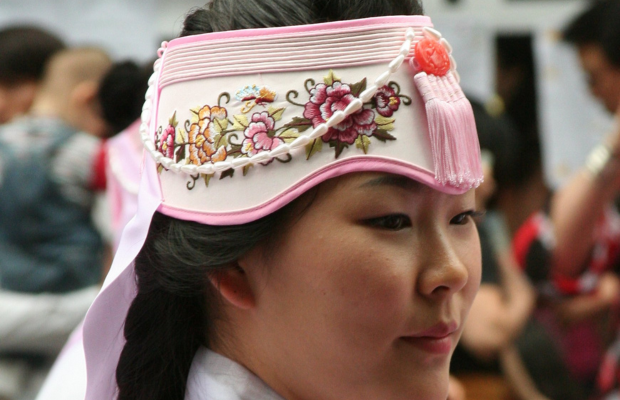
Unveiling the Kalpak: A Fur Hat Across Cultures
Beyond Warmth: The Kalpak as a Cultural Icon
Unveiling the Kalpak: A Fur Hat Across Cultures, this traditional headwear, found across Bulgaria, Turkey, Ukraine, and Central Asia, embodies centuries of cultural heritage and artisanal mastery. Crafted primarily from lamb fur, its diverse regional styles and symbolism reflect the rich tapestry of traditions and landscapes from which it originates. Beyond mere fashion, the Kalpak serves as a tangible connection to history, resilience, and cultural identity, adorning heads and hearts alike with pride and reverence.
A History Steeped in Practicality and Cultural Expression:
The Kalpak’s origins can be trace back to the nomadic peoples of the Eurasian steppes. These resourceful communities crafted the hat primarily from lamb fur, providing essential protection against the region’s harsh winters. The Kalpak’s story doesn’t stop there. Over time, it evolved beyond a practical necessity.
A Tapestry of Regional Styles:
As the Kalpak journeyed across cultures, regional variations emerged, showcasing a fascinating diversity. Explore the unique characteristics of the Kalpak in different regions:
- Central Asia: Here, the Kalpak boasts a wider variety of styles. Some feature pointed crowns and elaborate embroidery, reflecting the specific traditions of various ethnic groups.
- Bulgaria: The Bulgarian Kalpak is often made from sheepskin and features a tall, cylindrical crown, adding a touch of regality.
- Turkey: Turkish Kalpaks tend to be shorter and rounder, sometimes adorned with colorful tassels that add a touch of flair.
- Ukraine: Ukraine’s Kalpak has a distinct style with a folded brim and a flat crown, often crafted from black fur.
Beyond Function: A Symbol of Identity and Social Status:
The Kalpak’s significance extends far beyond its practical function. Similar to the revered status of the Scottish kilt master, it embodies a symbol of pride and cultural heritage, worn proudly by men of all ages. In certain regions, the Kalpak is intricately linked with social status, mirroring the hierarchical significance found in hats and caps. Where more elaborate designs signify higher standing. Often donned during celebrations and ceremonies, the Kalpak adds an authentic cultural touch to these events. Much like the traditional hats and caps worn in ceremonial settings
Preserving a Legacy: The Kalpak’s Enduring Presence:
Despite the influence of modern trends, the Kalpak remains a cherished tradition. Skilled artisans continue to craft these hats using time-honored techniques, ensuring the legacy lives on. The resurgence of cultural awareness has also seen a renewed appreciation for the Kalpak, with younger generations embracing this piece of their heritage.
Conclusion:
Unveiling the Kalpak, A Fur Hat Across Cultures is more than just discovering a hat; it’s a journey into the heart of Central Asian and Eastern European cultures. It’s a testament to human resilience, resourcefulness, and the enduring power of tradition. So, the next time you encounter a Kalpak, take a moment to appreciate the rich tapestry of stories woven into its design.






